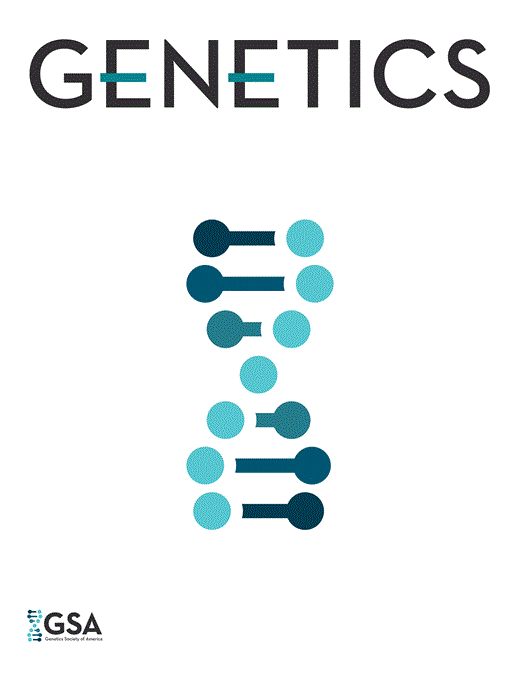-
PDF
- Split View
-
Views
-
Cite
Cite
T R Manney, M L Manney, Using yeast genetics to generate a research environment., Genetics, Volume 134, Issue 1, 1 May 1993, Pages 387–391, https://doi.org/10.1093/genetics/134.1.387
Close - Share Icon Share
Abstract
Many of the same features of the yeast Saccharomyces cerevisiae that have made it so useful as a genetics and molecular biology research organism make it equally useful as a teaching organism. Furthermore, the fact that it is a modern research organism makes it all the more exciting to students and teachers. The unique characteristic of yeast as a unicellular, eukaryotic organism with a complete sexual life cycle is ideal for teaching. A simple monohybrid cross to explore dominance and recessiveness, a dihybrid cross to demonstrate independent assortment, pigmented adenine auxotrophs for investigating the fundamentals of gene action, and easily measured responses to ultraviolet radiation provide an array of appropriate laboratory tools that put real science in the hands of students and teachers. Direct collaborations between scientists and science teachers bring together complementing knowledge and experience, providing an effective and efficient way to adapt and simplify techniques and procedures to accommodate time and money constraints. Collaborations quickly identify technical and theoretical problems that must be solved for implementation in classrooms. They also provide a continuing stimulus to teachers and students to participate in the research process.



